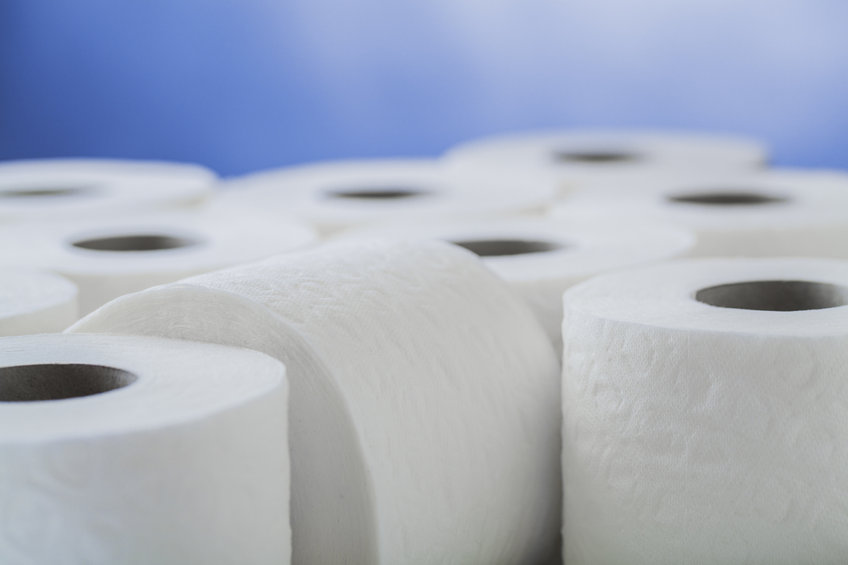
Unclogging your toilet is never a pleasant experience. If you find you are having to unclog your toilet frequently, you may have a bigger problem.
Here at Mr. Plumber, we’re experts when it comes to all things plumbing. That’s why some of our professionals have compiled a list of some reasons why your toilet continues to clog. Read on to learn more!
Low Flow Toilet
If your home is older it may be equipped with a low-flow toilet. Low-flow toilets tend to use much less water and lack the pressure to clear the drain, meaning they clog frequently.
If you want to check to see if your toilet is low-flow, look at the back of the toilet for a stamp date. If it’s from the ’90s or older, it’s likely a low-flow toilet. Not all older toilets are low-flow, but they often are.
Replacing the toilet with a new model is the only sure-fire way to solve this issue. If replacing the toilet isn’t an option, try using less toilet paper.
Flushing Non-Flushable Items
Toilets are made to flush only two things. Human waste and toilet paper. All other disposable bathroom items should be discarded in a waste bin.
Including:
- Cotton balls
- Q-tips
- Wipes
- Paper towels
- Tissues
- And feminine hygiene products
If your toilet is clogged from a non-flushable item, try using a plunger to dislodge the clog. If that doesn’t work try using a toilet auger. Don’t forget that for tougher clogs, you can always rely on an experienced plumber to unclog your home’s toilets!
Clogged Toilet Trap
Every toilet has a catcher called a trap. It’s s-shaped and sits between the toilet bowl and the drain line. The purpose of this trap is to catch objects that may cause a clog in your drain line. Excessive toilet paper use or non-flushable items can become lodged in the trap, causing a clog and preventing flushing.
To resolve this, try using a toilet auger and follow the steps below.
- Start by pushing the auger into the toilet drain and move it until you encounter resistance.
- If the resistance occurs shortly after you insert it in the drain, it’s likely a clog in the trap.
- Rotate the auger to break up the clog and pull the material out of the drain.
If you’re still having trouble with the clog, you’ll probably need to call a plumber.
Blocked Toilet Vent
Most homes have a vent that’s connected to your toilet and exits through your roof. This vent lets air enter your home’s plumbing system, increasing the pressure of flushes. If this vent becomes blocked, then your toilet could lose pressure and become harder to flush.
Clearing a clogged toilet can be difficult, so it’s best to call a plumber. However, if you want to investigate it yourself, grab a ladder and a spotter to search for the vent on your roof. Please use extreme caution when doing any kind of roof investigations yourself. It is always best to turn to an experienced professional for investigations such as this.
The vent is typically above the master bathroom. Open the vent grab and search for visible debris. Feel free to remove anything you can grab. If no debris is visible, you can try to move any clogs with water pressure from a garden hose. If water comes back through the open vent, call a plumber to resolve the issue.
Clog in Sewer Line
Sewer lines can become clogged if objects that shouldn’t be flushed make their way from your toilet and into your sewer line. Clogs in the sewer line can cause plumbing issues across your entire home.
Unfortunately, a clog in the sewer line can only be repaired by a plumber. Ignoring the issue will only cause more damage to your home’s plumbing.
If you suspect that you have a clog in your sewer line or you want professional help with any of your plumbing issues, contact Mr. Plumber today.
Contact Mr. Plumber
Mr. Plumber has been serving San Antonio residents for more than 40 years. You can count on our technicians to be reliable and provide a timely and friendly service. We can help you with your bathroom plumbing, kitchen plumbing, inspect your sewer line, and more.
If you are in the San Antonio area, contact us today!


